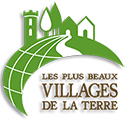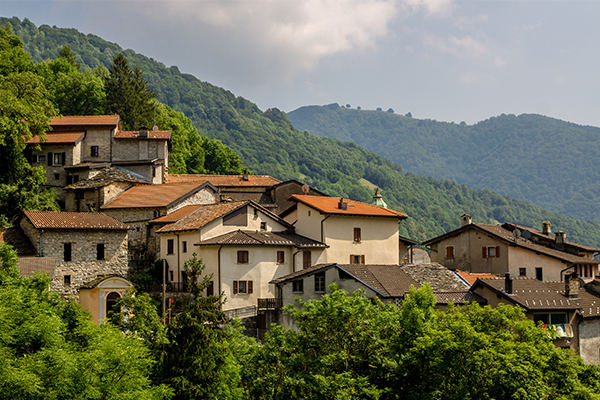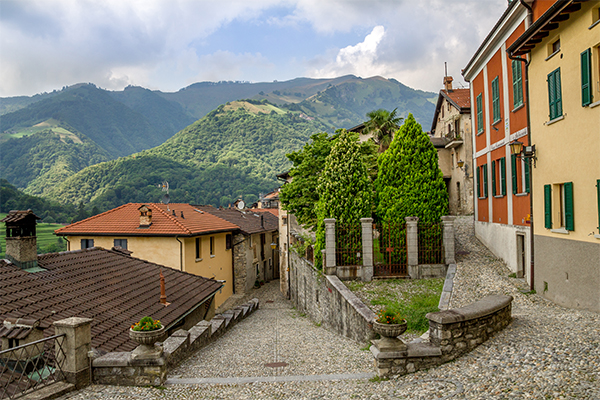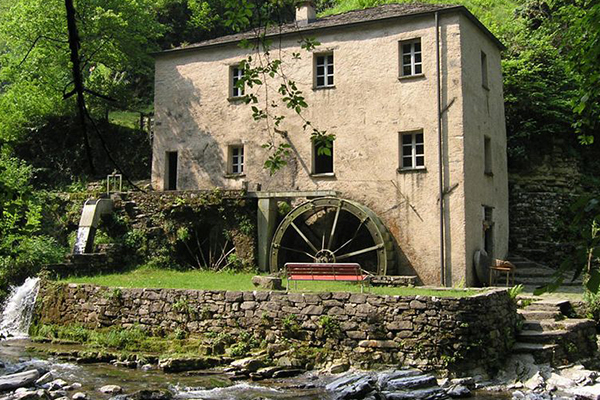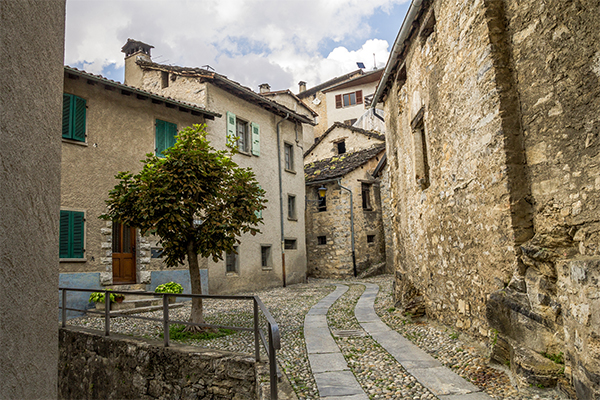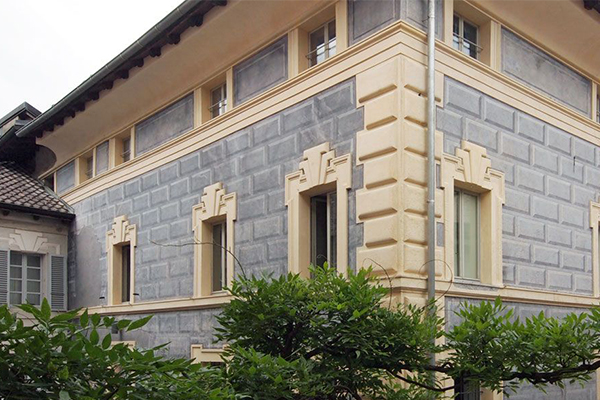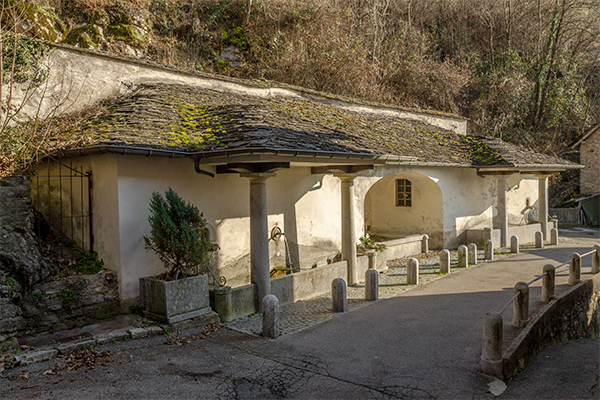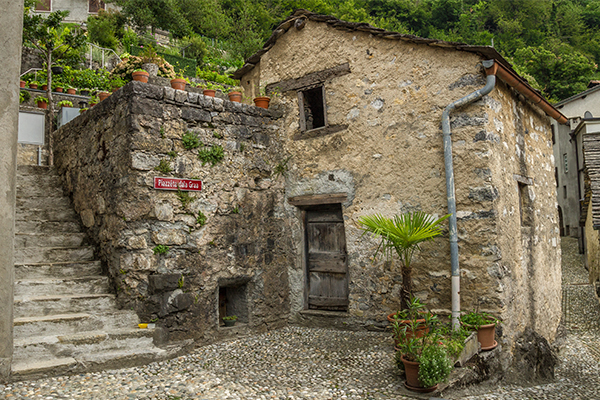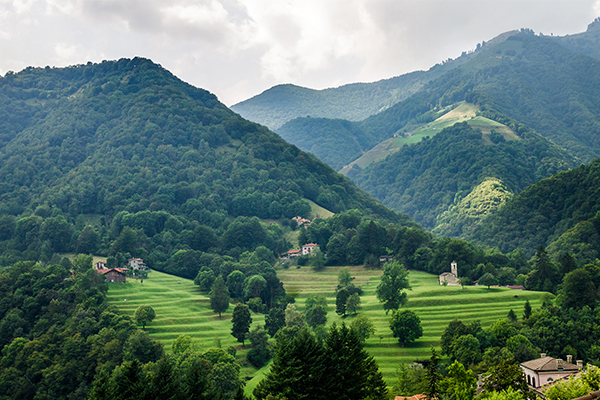Muggio
This village gives its name to the valley of the same name, the southernmost in Switzerland. The nature here is very lush and the greenery very intense. The cobbled alleys of Muggio are very pleasant to walk through and the church of San Lorenzo in late Baroque style is a small jewel. Also worth mentioning is the hamlet of Cabbio, with its ethnographic museum and the beautiful fountain-wash-house dating back to 1844.
The Municipality of Muggio occupies a terminal valley basin of the same name and included the hamlets of Scudellate, Roncapiano and Muggiasca. According to a popular tradition, the name of the village derives from the dialect "mücc". ('pile'), with reference to the appearance of the agglomeration of houses forming the nucleus of the village. In the Middle Ages, it included land covered by "massaricii" (9th century). At the end of the 13th century, the Chapter of the Cathedral of Como was the owner of numerous plots of land.
From the religious point of view, the community of Muggio was for a long time spiritually linked to Cabbio and then formed a vice-parish (from 1673) dependent on the Balerna matrix. It was only during the 19th century that Muggio emancipated itself from the Pieve di Balerna with the elevation of the Church of San Lorenzo as parish church, documented since 1578 but rebuilt and restored several times. The economy of the village was based on agriculture (a corncob and a bunch of grapes also appeared on the municipal coat of arms) and sheep farming, which provided for the "rudada", that is a common custody system, and the "trasa", that is the vague pasture. To these two main activities was added an emigration at first only linked to the art professions (one name above all that of the neoclassical architect Simone Cantoni) and then more generalized and often definitive.
Cabbio
Until 1805, Cabbio also included Casima, on the opposite bank of the Breggia. The church of the Ascension (or San Salvatore), located on a large terrace at the northern entrance to the village, has been documented since 1554, but was rebuilt between 1780 and 1795 and consecrated in 1818, becoming a parish church in 1821. In 1980 the Ethnographic Museum of the Muggio Valley was founded, whose premises were inaugurated in 2003 in the premises of Casa Cantoni, an imposing 17th century building and former home of the Cantoni family. Cabbio can count on a valuable public fountain, built in 1844 on a project by Luigi Fontana and equipped with a central washhouse, side tanks, drinking troughs in elevation and roof in calcareous pits on four columns of Tuscan order.Not to be missed
Features
There are no upcoming events.
| Culture |  |
| Landscape |  |
| Gastronomy |  |
